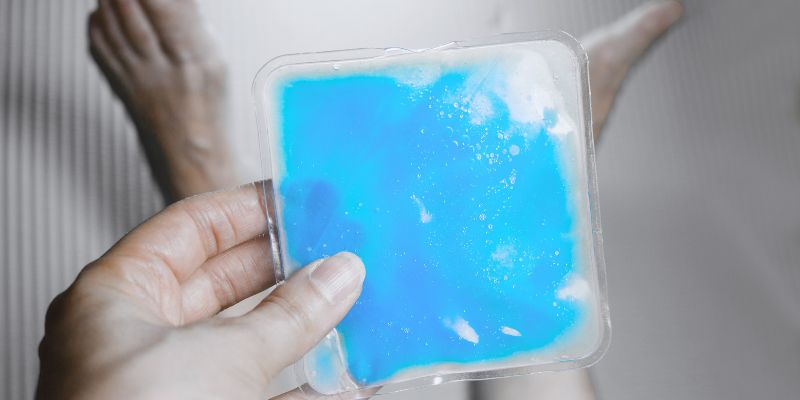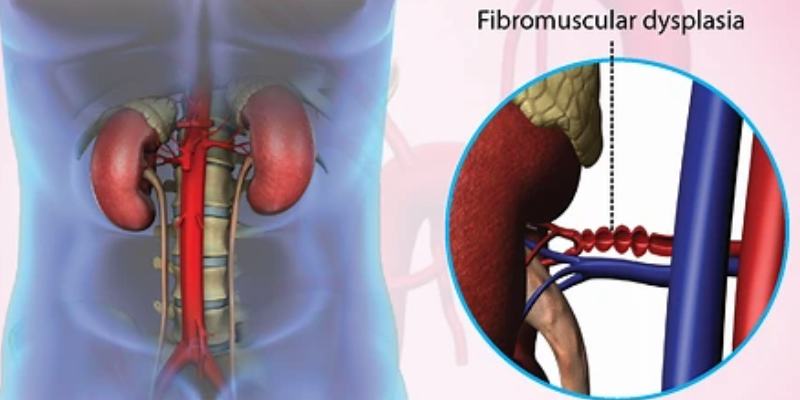Effective Ways To Treat Posterior Tibial Tendonitis and Relieve Foot Pain
Posterior tibial tendonitis (PTT) can be uncomfortable, particularly when standing or walking for extended lengths of time. This disorder influences the posterior tibial tendon, which is essential for foot arch support. Inflammation or damage to this tendon can cause pain, swelling, and trouble with movement. Athletes, athletic people, and those with flat feet or high arches frequently show PTT.
It can get worse without appropriate therapy, which would cause long-term problems including flatfoot. The good news is that early action can speed up healing and help ease discomfort. There are several therapy choices regardless of your degree of discomfort or handling more severe symptoms. This guide will review sensible approaches to treat Posterior Tibial Tendonitis and enable you to resume pain-free walking.

Effective Ways To Treat Posterior Tibial Tendonitis
Below are the effective ways to treat Posterior Tibial Tendonitis and relieve pain, helping you regain foot mobility.
Rest and Reduce Activity
Resting the afflicted foot comes first in addressing Posterior Tibial Tendonitis. Tendon overuse might aggravate the disorder. Reducing activities that strain the foot, such as jumping or running, allows the tendon to be repaired. You might have to stop physically demanding tasks until the pain disappears. Schedule frequent breaks if you must be on your feet for everyday chores or employment. Allowing your body time to heal prevents further tendon injuries.
Ice Therapy
Among the easiest approaches to lower foot swelling and discomfort is ice therapy. Ice applied to the afflicted area might help reduce inflammation and relieve pain. Multiple times a day, spend 15 to 20 minutes using an ice pack or cold compress. To guard against skin harm, wrap the ice in a towel or cloth. Ice treatment is most beneficial over the first 48 hours following an accident or flare-up. It can be a good approach to reduce pain and hasten healing.

Anti-Inflammatory Medications
NSAIDs like ibuprofen or naproxen sold over-the-counter can help with pain and swelling. These medications reduce inflammation around the tendon, therefore acting as. However, before starting any medication, you should see a healthcare professional and observe the advised dosage. NSAIDs should not be dependent upon long-term, even if they can offer temporary relief. They should only be used in line with a larger treatment plan since long use may cause negative effects.
Physical Therapy
Physical therapy is often used and quite successful for posterior tibial tendonitis. A physical therapist can assist you through exercises to build the muscles surrounding the foot and ankle. By strengthening these muscles, part of the tension on the tendon is transferred elsewhere. Stretching activities also help to increase flexibility and lower tendon strain. A therapist could also apply ultrasonic or massage therapy treatments to hasten recuperation. Regular physical therapy visits can help to increase mobility and lower discomfort dramatically.
Supportive Footwear
Managing Posterior Tibial Tendonitis requires correct shoe wear. Good arch support in shoes will help lessen tendon tension. Look for shoes with solid heels and cushioned insoles to lessen foot pressure. Steer clear of shoes lacking appropriate support or featuring high heels. Custom orthotics, which give extra support and help rectify alignment problems, may occasionally be advised. Orthotics and well-fitting shoes can help ease pain and prevent the issue from worsening.
Taping or Bracing
Extra support for the posterior tibial tendon might come from foot taping or bracing. Kinesiology tape and other taping procedures can assist in stabilizing the tendon and easing pain. A brace or support can also restrict foot and ankle movement, enabling the tendon to recover. Often, a larger treatment plan calls for these tools as part of it. They can let you keep up daily activities without aggravating the tendon as it recovers. See a healthcare professional to ascertain the optimum taping or bracing technique for your circumstances.
Corticosteroid Injections
Corticosteroid injections may be advised in more severe types of Posterior Tibial Tendonitis. Strong anti-inflammatory medications in these injections help to lower swelling and pain. Usually, corticosteroids are administered right around the tendon. Although they offer quick relief, they are usually used when other therapies fail. Corticosteroid use should be avoided to avoid further issues and weaken the tendon. Your doctor will evaluate closely whether this treatment is suitable for your ailment.
Shockwave Therapy
One non-invasive approach to help mend the posterior tibial tendon is extracorporeal shock wave therapy (ESWT). High-energy sound waves are sent to the impacted area to induce healing and lower pain. Shockwave treatment can be extremely helpful for persistent Posterior Tibial Tendonitis cases. Research indicates it could lower inflammation and improve tendon function. Usually performed in a medical environment, this treatment may call for numerous sessions to show notable progress.
Surgery
Rarely, if all other therapies fail, surgery may be required to mend the tendon. Tendon debridement—where diseased tissue is removed—or tendon transfer—where a healthy tendon replaces the damaged one—are two surgical choices. Usually a last resort, surgery requires a long recovery time. If surgery is advised, your doctor will gently review the possible risks and rewards. Before choosing surgery, one should give all alternatives some thought.
Lifestyle Modifications
Changing several aspects of lifestyle can help prevent Posterior Tibial Tendonitis from resurfacing. Maintaining a healthy weight lessens the strain your tendons and feet bear. Losing weight will help you avoid stressing the tendon and encourage recovery if you are obese. Furthermore, avoiding too much standing or walking on rough surfaces can help minimize more strain. Consider your posture and gait since incorrect walking patterns might aggravate tendon strain. Consistent stretches and strengthening exercises for your ankles and feet are also helpful in preventing recurrence.
Conclusion:
In conclusion, treating Posterior Tibial Tendonitis successfully calls for rest, treatment, and lifestyle changes taken in concert. Early management with ice therapy, physical therapy, and appropriate footwear can greatly reduce discomfort and encourage healing. Treatments like corticosteroid injections, shockwave therapy, or even surgery could be considered for more severe cases. Working with a healthcare professional helps you create a customized strategy for your situation and needs. You can recover faster and stop future flare-ups of Posterior Tibial Tendonitis by acting early and controlling tension on the tendon.












